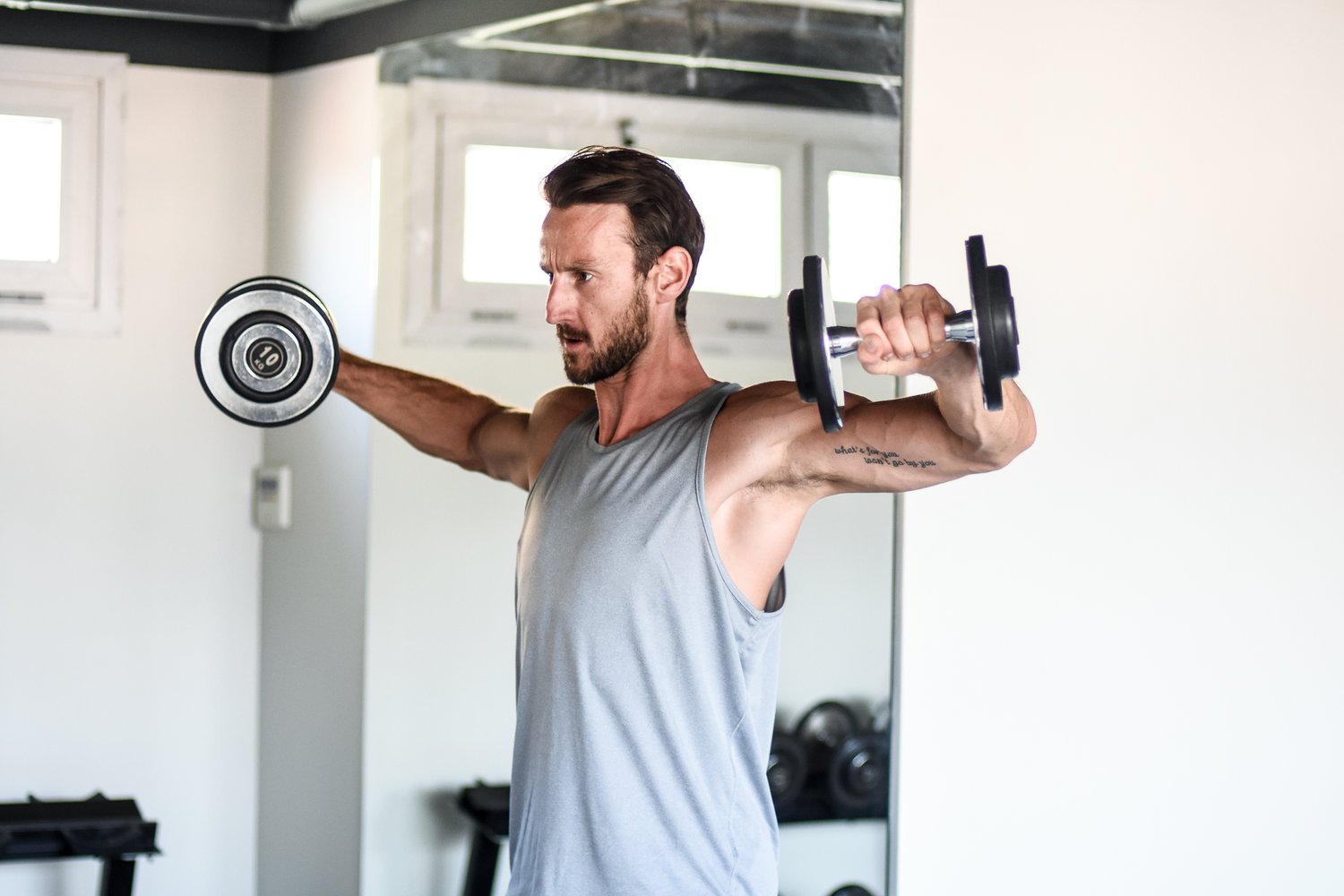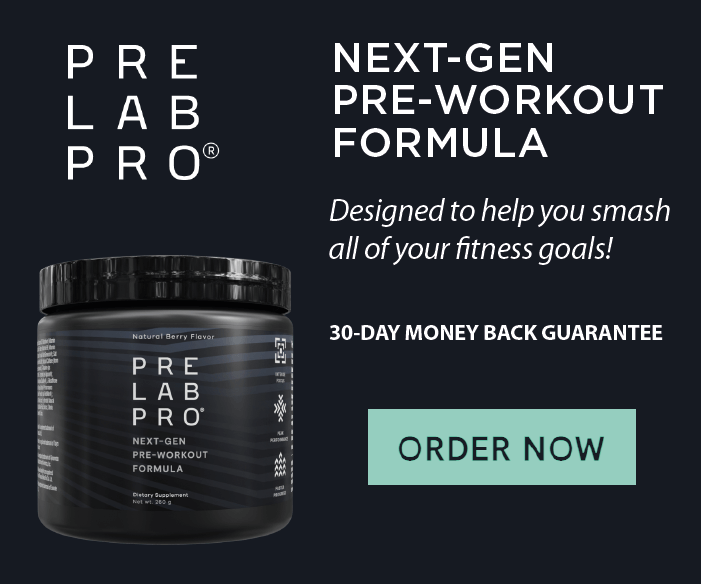Best Rep Ranges for Strength, Muscle Growth and Endurance Goals
Written by Martin Ebner, Head PT and sports nutrition specialist at Ebylife (Updated 9 Sept 2022)
Knowing which rep range is best for your fitness goals can be a little confusing. It's a topic that's highly discussed and like most things fitness, you're going to have your own preferences.
Now, before we get into which rep range is best suited for which goals, it's important to understand that how hard you push during any given rep range is going to have a huge impact on the effectiveness of your workouts. Sauntering through sets without breaking a sweat, regardless of your rep count won't lead to favorable results. If you want it, you're going to have to work for it.
Here are the general rules when choosing your rep ranges:
Best Rep Range for Strength Gains
When your goal is to maximize your strength gains, prioritize heavy compound lifts (deadlifts, squats, bench press, etc) in the low rep range (1-6). While moderate reps (8-12) can build muscle and strength at the same time if your primary goal is to get strong, go low!
A few things to think about when training for strength:
1.) It's always important to lift weights with strict form but never more so than when lifting really heavy in the low rep range. Leave your ego at the door and make sure you take the time to learn the correct technique before loading the bar up with too much weight.
2.) When performing heavy compound lifts, always take the time to warm up properly and ease into your workouts. If you go for a 1 rep max lift without properly preparing beforehand, you place yourself at serious risk of injury.
3.) Allow sufficient rest time between sets (2-5 minutes). This will provide your body adequate time to restore creatine phosphagen (the predominant energy source for bursts of all-out effort) which will allow you to lift heavier and get stronger faster.
Best Rep Range for Muscle Growth
When your goal is to maximize muscle growth (hypertrophy), prioritize the moderate rep range with a weight at which you reach muscle failure between 8-12 reps. This means choosing a load in which you can complete at least 8 reps but not more than 12. Normally between 65 - 80% of your 1RM.
A couple of things to think about when training for muscle growth:
1.) Just like when training for strength, prioritize compound moves that recruit more total muscle mass. This allows you to lift heavier and get stronger whilst building size. Think bench presses, squats, deadlifts, pull-ups, dips, overhead presses, bent-over rows, etc.
2.) Keep your rest times moderate (1-2 minutes). Unlike when training for strength, the body draws its energy from the ATP-PC and glycolytic systems. Because the 2 systems work in tandem, you have a more steady supply of available energy allowing you to replenish the energy stores needed to maintain intensity and keep strict form.
3.) Always hit the targeted muscle(s) from multiple angles and with high volume sets and reps. For example, on chest day, perform: flat, incline and decline exercises that also stretch the chest outwards, upwards and downwards.
4.) In order for the muscles to grow, you must push for absolute muscle failure (when you can no longer perform a single rep with strict form). Aim to rep out between 8-12 repetitions in the later sets (sets 3-5) of each exercise.
5.) Hypertrophy is best achieved with 3-5 sets of each exercise.
Related Article: 10 Things you need to know about building muscle
Best Rep Range for Endurance
When your goal is to improve endurance, prioritize lifting lighter in the high rep range (15+ reps). Training at low intensity with high reps is typically considered aerobic exercise as oxygen plays a key role in the production of energy. This energy process occurs mainly in slow-twitch fibers (type 1 – those that fatigue more slowly and enable long endurance activities) so training with high reps allows the muscle to become more aerobically efficient.
A couple of things to think about when training for endurance:
1.) As training with high reps works primarily the slow-twitch fibers, it's unlikely that you will experience a huge amount of muscle growth. Think marathon runner instead of a sprinter.
2.) Stick to a lightweight that you can perform for 15-20 reps or more.
3.) Keep your rest times as short as possible. The goal of endurance training is to make your muscles more resistant to fatigue and to train your body to become more efficient at clearing lactic acid. By keeping rest times as short as possible you’ll increase your lactate threshold and thus, improve your endurance.
A final word
For best all-around results, I always recommend including a combination of the different rep ranges with the focus and priority given to the rep range which is most beneficial to your main fitness goal(s).
For example, if your goal is to get big strong legs, start leg day with a low rep compound exercise such as squats. You can then follow it up with a variety of complimentary exercises using the moderate rep range.
With time, practice, experimentation and experience, you'll be able to establish a workout plan with a variety that helps you best reach your fitness goals. As always, practice strict form and try to have some fun!!





